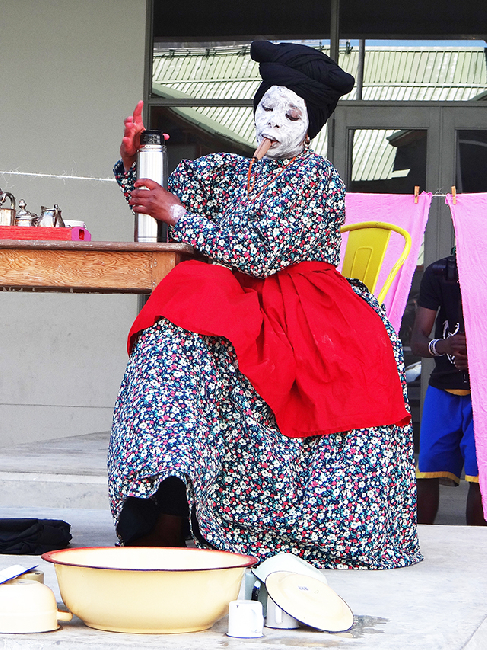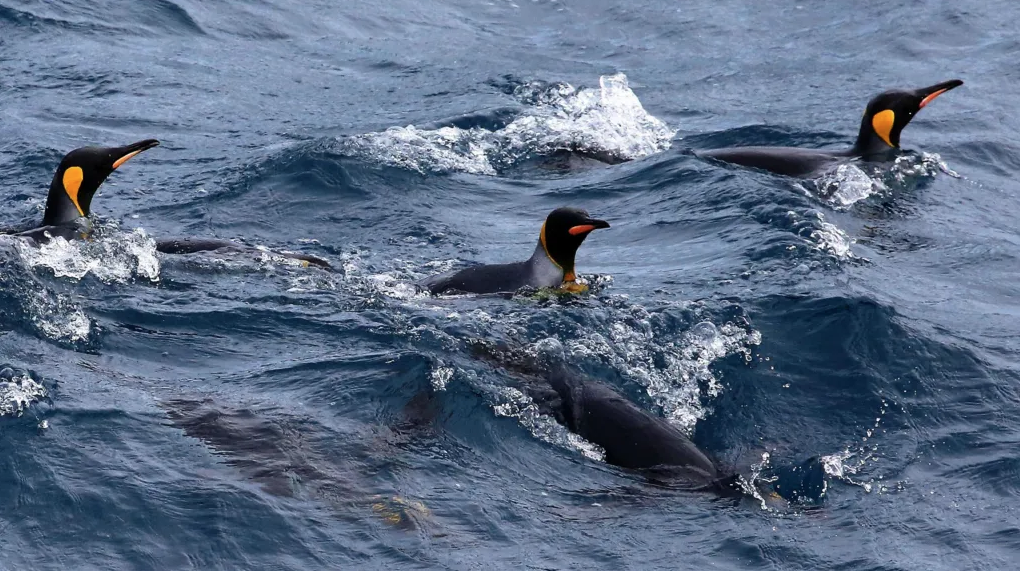She is bigger in Tuli-Mekondjo”;s rendering, magnified from a small sepia photograph in an old book of colonial-era German photography to around seven feet on a large canvas destined for Hales Gallery in New York where the artist will make her North American solo debut.
“There she is,” says Tuli-Mekondjo, after flipping through a large tome she found at a second-hand bookstore and pausing on a photograph of a black woman in a headscarf and a billowy dress in front of a landscape dotted with tall plants.
“Sometimes when I look at these images, when I”;m working, I sob. I start crying because they are just so intense,”
In the book, the local woman has no name. Simple captions call her a “Hottentotten
Mädchen” (Hottentot Girl), an “Eingeborene” (native) in D.S.-W-Afrika (German South West Africa).
The woman”;s identifying details are lost to history but Tuli-Mekondjo pulls such images across time to highlight their significance and to underscore the genocidal and wartime atrocities bubbling below such deceptively tranquil and posed photographs of Namibians living during colonial rule.
In her bright studio filled with natural light and other Namibians”; art and peppered with the proteas that remind Tuli-Mekondjo of her late mother, the understated visual and performance artist is on the brink of a hard-won new chapter and the world.
In a few weeks, Tuli-Mekondjo will be departing to begin a prestigious DAAD Artists-in-Berlin residency that will see her living and working in the German arts hub for a year. In September, as a result of her landing representation with Hales, Tuli-Mekondjo will fly to New York from Berlin to open her currently untitled exhibition.
Stay informed with The Namibian – your source for credible journalism. Get in-depth reporting and opinions for
only N$85 a month. Invest in journalism, invest in democracy –
Subscribe Now!










